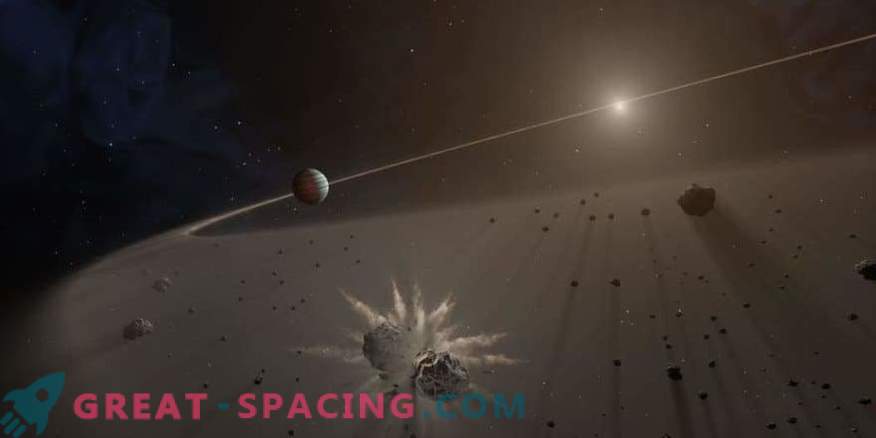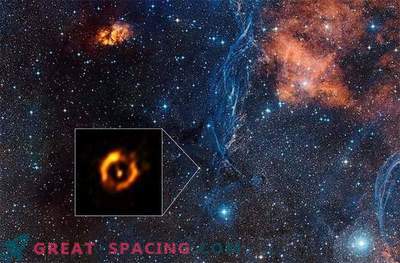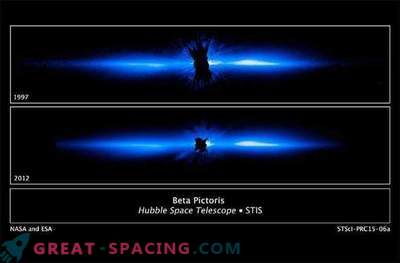
ALMA displayed a protoplanetary disk around a young solar-type star TW Hydra. The insert shows the approximate distance from the star with the Earth-Sun distance. Scientists studied 284 disks in three neighboring areas to understand the principles of their development.
Planetary systems are formed from gas and dust disks around young stars. But the details of the formation are still not completely clear. It involves many physical processes, including accretion onto a star, disk contact with planetary embryos, dust grain growth, dust deposition on the middle plane of the disk, etc.
To understand these factors, the disks are observed at several wavelengths. In particular, the submillimeter wavelength range offers a way to track most of the disk in order to estimate the dust masses. The study of areas of stellar birth by devices like SMA and ALMA show that the disks have typical masses - 0.1% -0.5% of the host star. The researchers decided to carefully consider the dust on 284 protoplanetary disks in the three nearest areas of stellar formation. They managed to find clear evidence of grain growth in the spectral form of radiation for at least two regions. This result alludes to the early stage of planet formation.
They also found out that the average temperature index of dust is 40-50 K. Disks in three areas turned out to be the same. Now the team plans to conduct additional observations in order to compile complete statistics.











































